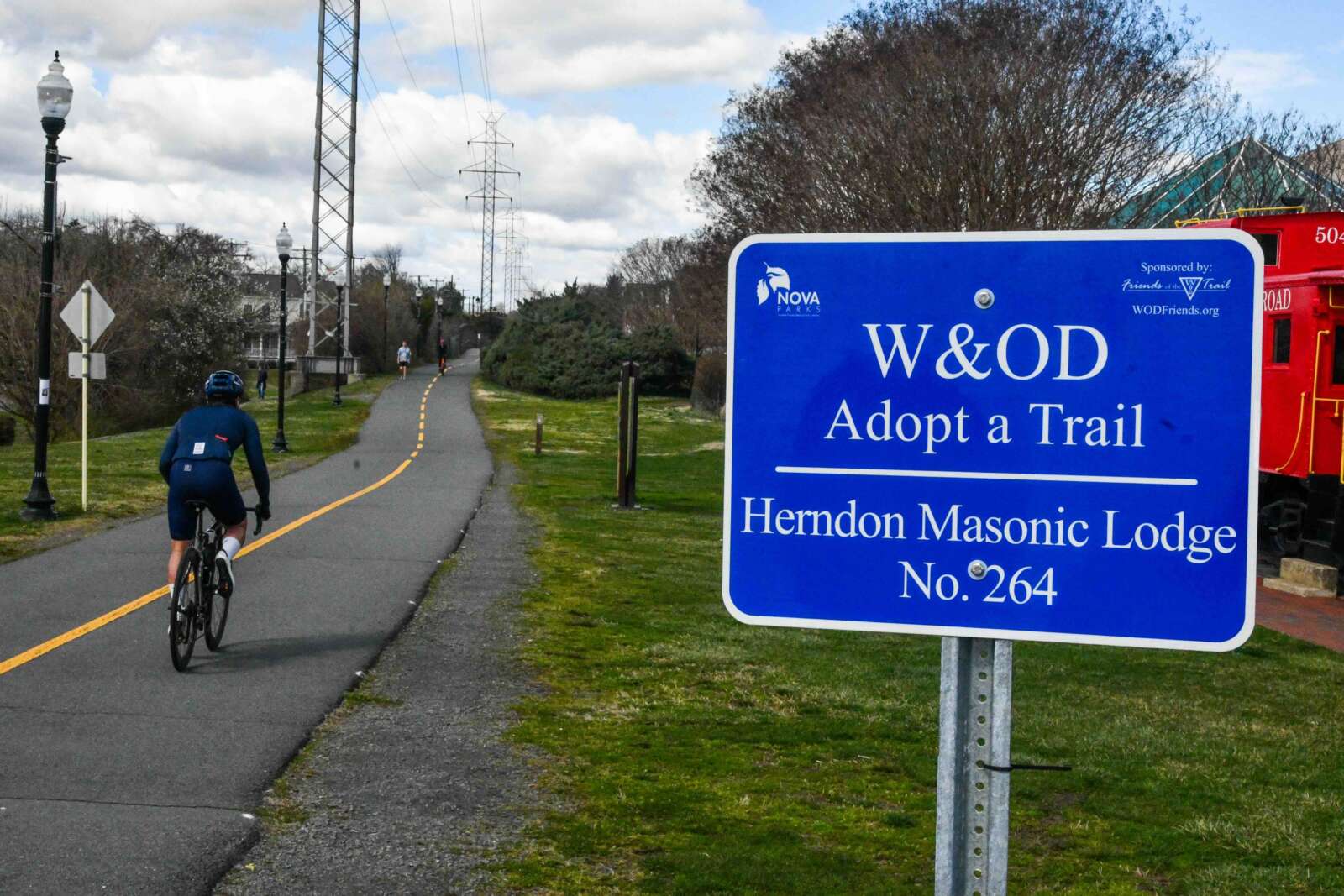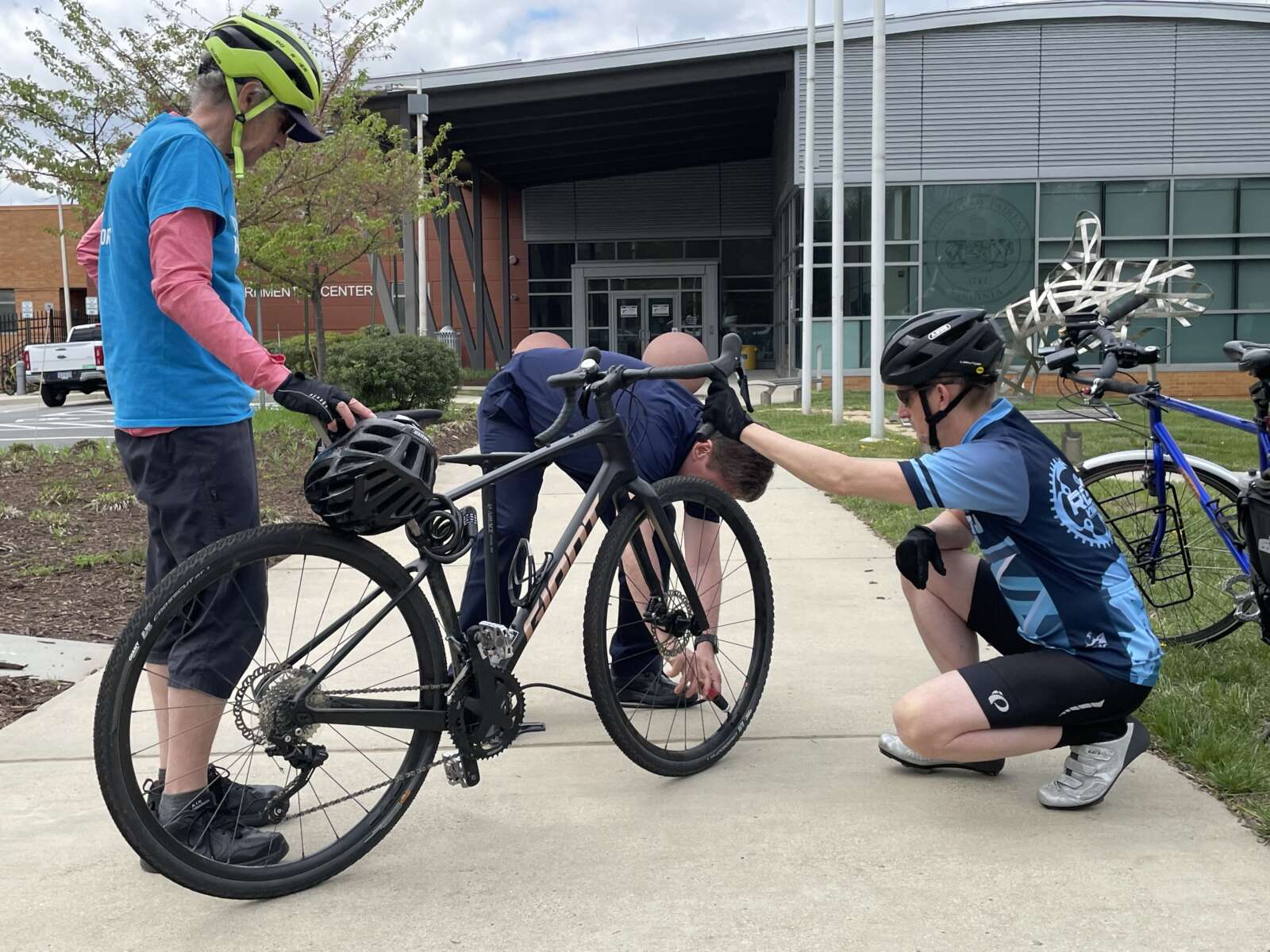
This is a sponsored post by veterinarian Elizabeth Arguelles, owner of Just Cats Clinic at Lake Anne Plaza. She writes weekly on Reston Now.
Every cat needs some form of identification, even indoor-only felines.
The most common reason owners don’t microchip their cats is that they “never go outside. However, many lost felines are the result of an accident like slipping out the door.
Another important reason to microchip is disaster preparedness. In the event of a natural disaster, evacuation, or even a house fire, your cat may become scared and in their efforts to get away and hide, become lost. If you and your cat are evacuated to a shelter or have to stay in a hotel for a period of time, your cat may be more likely to be scared and potentially get lost in unfamiliar surroundings.
Cats that get picked up by Animal Control are nearly impossible to return to their parents if they lack identification, and microchipping is the best chance of seeing your cat returned to you.
The simplest and most comprehensive way to register your cat’s information is by implanting an identity microchip in the scruff of your feline’s neck. It carries its own unique number that will be registered in a database along with the owner’s address and contact information. So if your cat is ever lost and picked up by Animal Control, a rescue group, or even taken to a veterinarian’s office by a good samaritan, the first thing they will do is scan the cat for a microchip.
So what exactly is a microchip? And how is it inserted into your cat?
The microchip is an approximately rice-grain-sized “living-tissue-friendly” glass bead.
The chip is inserted under the skin between the shoulder blades. Implanting the microchip into your cat is done with a needle, similar to an injection. The needle is slightly larger than an injection needle, and the best time to do it is if your cat is already having sedation or general anesthesia for a procedure. However, a microchip can be inserted during a regular appointment and takes only a few seconds.
Unfortunately, microchip brands and scanners are not yet universal, and there are several different manufacturers. In the United States, the two most common chip companies are AVID and Home Again. Most animal control facilities, shelters, and veterinary offices are equipped with readers for both types, and it’s important to remember that no matter what brand of chip you use, you remember to register it with the most up to date contact information. Typically when your cat is microchipped, your vet’s office will either register the chip for you or provide you with a form to submit directly to the chip company.
Remember, if you adopt your cat from a rescue group or shelter, he or she may already have a microchip. If they do, make sure to find out what kind it is so you can contact the company and transfer ownership and contact information from the rescue group to you. Additionally, any time you move or change phone numbers, contact the microchip company and update the information!
While microchips are the safest and best way to ensure you are reunited with your pet if they are ever lost, it’s only as good as the information you registered.
Additionally, if you are traveling overseas with your cat, an ISO chip is the best microchip to use because it can be universally scanned. Many countries including those in the European Union and Australia will not allow pets in the country without microchips. Make sure to check your destination’s specific requirements as many countries, including those in the European Union, require not only a specific type of microchip, but a specific timeline of when the cat is chipped and when it receives its vaccinations.
Please contact your veterinarian for more information.





